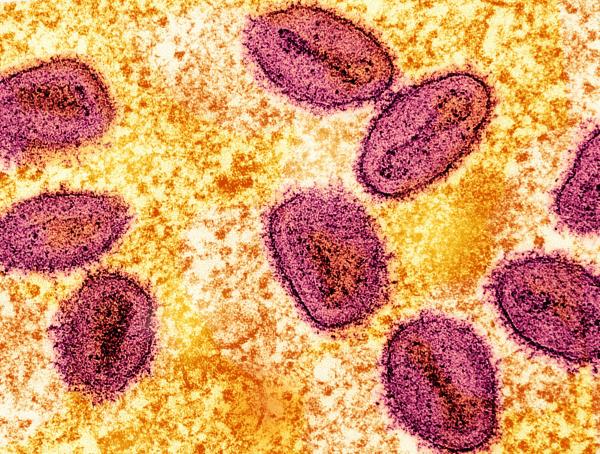PUTRAJAYA, Nov 16 — The Health Ministry (MOH) has confirmed a new mpox cluster affecting four family members, with the index case identified as a non-citizen man with a recent travel history to West Africa.
It said that the patient first developed symptoms on October 20 and tested positive for mpox (Clade II) on Wednesday (November 12), while three of his family members showed symptoms on October 30 and were confirmed positive for Clade II mpox on Thursday (November 13).
“All cases are in stable condition and undergoing home isolation. All close contacts have been identified, screened and instructed to undergo quarantine.
“So far, investigations have found that transmission is limited to family members and the cluster situation is under control,” the MOH said in a statement today.
It added that as of Epidemiological Week 46 (ME 46/2025), 12 mpox cases have been recorded, bringing the cumulative total in Malaysia to 23 since the first case was detected in July 2023.
The MOH noted that of the total cases, 22 were Clade II mpox infections and one case was Clade Ib.
All cases were effectively contained through early detection, patient isolation and close contact monitoring, with no further community infection reported.
“Since that mpox transmission is still occurring, particularly among individuals with a history of high-risk activities, the MOH advises the public to continue practising preventive measures, including avoiding direct contact with anyone showing symptoms or suspected of being infected with mpox.
“Seek immediate medical attention if experiencing symptoms such as fever, blistering rashes, or swollen lymph nodes, and undergo testing if directed by medical personnel,” it said.
The MOH said that although mpox was no longer classified as a Public Health Emergency of International Concern (PHEIC) as of September 5, it will continue to monitor the situation, locally and abroad, while maintaining ongoing preventive and control measures.
Mpox (formerly known as monkeypox) is a viral disease caused by the monkeypox virus, a member of the Orthopoxvirus genus.
Symptoms include fever accompanied by rashes or blisters on the face, palms, soles, genitals, conjunctiva, and cornea. Transmission primarily occurs through close contact with infected individuals and can spread when a person touches the rashes or blisters on a patient’s skin, through sexual contact, or via surfaces and objects contaminated with the patient’s bodily fluids.
The ministry said that mpox can be more severe in children, pregnant women, and those with weakened immune systems.




